
In the ever-evolving landscape that is the edge, applications are the driving force. The Internet of Things (IoT) and the billions of connected devices and systems that make it up are giving the edge structure, and the massive amounts of data that those systems and devices are generating are the jewels. But it’s the applications the run the engine, such as AI-infused software that will pull the crucial, real-time information from all that data and allow enterprises to make immediate and informed business decisions.
It is a point Keerti Melkote, Aruba founder and president of Aruba Networks within Hewlett Packard Enterprise as well as president of HPE’s Intelligent Edge business, made to us last year, saying that “the interesting part to me is, what’s the application ecosystem at the edge look like? That’s what drives the infrastructure ecosystem and data ecosystem.”
That said, hardware is no doubt part of the land rush out to the edge. OEMs and original design manufacturers for the past several years have been rolling out a plethora of servers and storage systems designed not only for the power and space constraints of the edge but also to be able to connect back to the core datacenter and the cloud, creating a distributed IT environment that can pass applications and data from one to another and can be managed with common tools. They’re also being built to be ready for such advanced technologies like 5G networking and the significant upgrades in speed, bandwidth and capacity that will come with it as it ramps over the next several years.
Recently, Dell EMC in February rolled out the PowerEdge XE2420, a short-depth two-socket system built for space-constrained and harsh edge environments and using up to four Nvidia GPUs, and the Modular Data Center Micro 415, a pre-integrated system that comes with power, cooling and remote management that can be placed in various edge locations, part of the company’s larger strategy of developing a continuum from the edge to the datacenter and cloud with systems using common components. Supermicro earlier this month expanded its edge portfolio with small and rugged systems for outdoor environments, 5G RAN (radio access networks, and AI inference.
Like most system makers, Lenovo looks at the edge as a key growth area for the company. The company’s Data Center Group (DCG) for the past few years has been looking to build on its $2.1 billion acquisition in 2014 of IBM’s x86 server business. The company put a sharp focus on the edge last year. At the Transform 2019 event, Lenovo introduced the ThinkSystem ES350, an edge server about the size of a notebook powered by Intel’s Xeon-D chip and Nvidia Tesla T4 GPU accelerators and aimed at workloads like machine learning inference. The rugged system provides 256GB of RAM and 16TB of internal solid-state storage and can tolerate environments with a range of temperatures, a lot of dust and vibration.
“If you look at it from a hardware perspective, I haven’t seen anybody deliver something like the SE350 today in the market,” Kamran Amini, vice president and general manager of server, storage and software-defined infrastructure at Lenovo DCG, tells The Next Platform. “It’s a very unique product that’s delivering AI capability, storage, different types of connectivity from Wi-Fi to 10 gig LAN to LTE and cellular and enabled for future support of 5G. The form factor and the ruggedized and the security built-in, if you look at the market, I don’t see anybody having something similar.”
Lenovo is coming around this week with another server based on the SE350 as well as family of all-flash and hybrid flash storage systems that deliver NVM-Express throughout, from the compute through the fabric and all the way to the storage data management area. The new offerings are tied closely to Microsoft’s Azure software stack for enterprises operating in a hybrid cloud model, with a presence both on-premises and in the cloud. Microsoft actually pre-announced the new ThinkAgile MX1021 at its Ignite 2019 show in November, according to Amini.
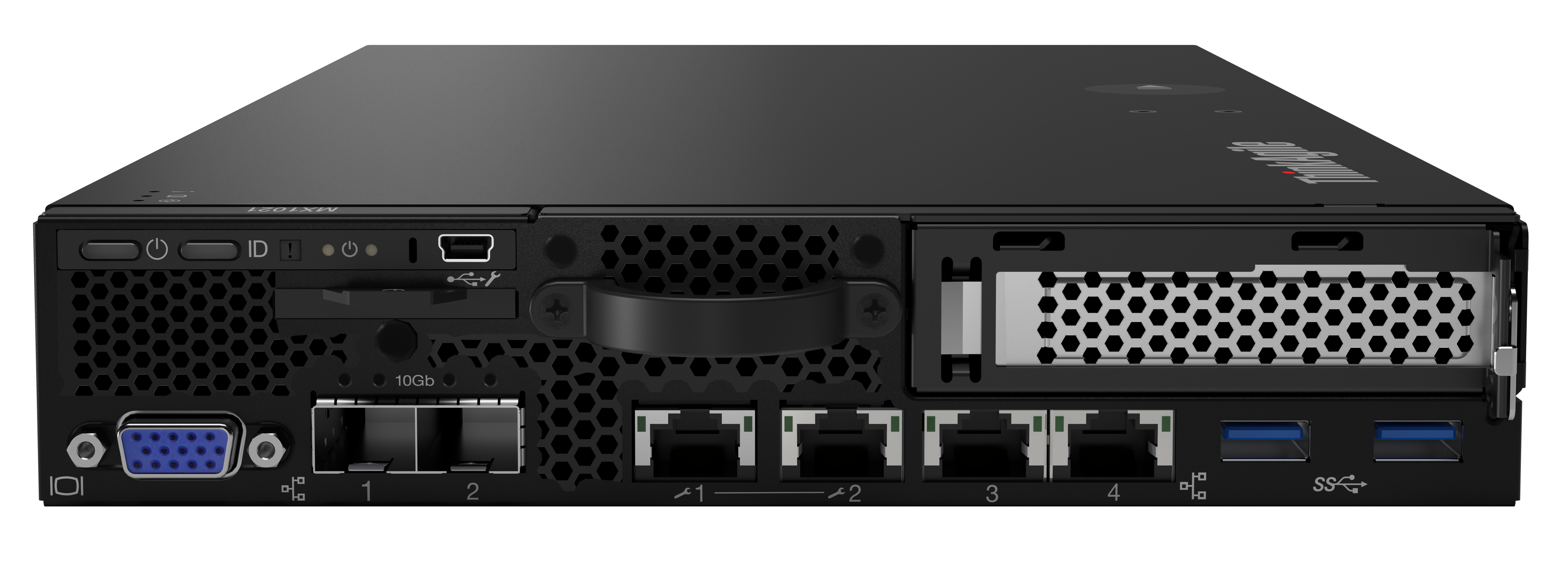 The MX1021, coming out of Lenovo’s family of hyperconverged infrastructure systems, uses the Azure Stack HCI solutions to push compute further out to the edge. It also can be used in combination with Azure Stack Hub to drive the datacenter-to-cloud-to-edge infrastructure model by enabling enterprises to run Azure cloud services on-premises and with Azure IoT Hub to connect edge devices to the Azure cloud. It’s a 1U, half-width system powered by a Xeon D-2100 with up to eight cores, up to 256GB of RAM and four DIMM slots. It includes multiple M.2 SATA drive bays and provides direct-connect networking to enable a two- to three-node HCI cluster.
The MX1021, coming out of Lenovo’s family of hyperconverged infrastructure systems, uses the Azure Stack HCI solutions to push compute further out to the edge. It also can be used in combination with Azure Stack Hub to drive the datacenter-to-cloud-to-edge infrastructure model by enabling enterprises to run Azure cloud services on-premises and with Azure IoT Hub to connect edge devices to the Azure cloud. It’s a 1U, half-width system powered by a Xeon D-2100 with up to eight cores, up to 256GB of RAM and four DIMM slots. It includes multiple M.2 SATA drive bays and provides direct-connect networking to enable a two- to three-node HCI cluster.
On the storage side is the ThinkSystem DM7100 storage family for Azure hybrid cloud environment. It includes the DM7100F (see below), an all-flash model that includes the NVM-Express protocol for improved performance for non-volatile storage like flash and integrated Azure cloud tiering that drives consistent data management across all enterprise environments. In addition, uses can keep data reduction capabilities in the cloud to reduce their cloud footprints. The DM7100H brings flash with support for SAN and NAS.
“With both of these, we’re really targeting not just purely the traditional environments, but beyond that at what’s happening in retail, what’s happening in manufacturing or healthcare,” Amini says. “For example, when you look at healthcare, data is very sensitive and you require pure security, encryption of the drives, insurance, full security. You want to be able to provide better performance, data tiering into the cloud, leveraging the healthcare IT administration more efficiently and streaming what they do. You look at areas like manufacturing, where with our edge MX1021, where delivering HCI capabilities shows no loss of sensor data at that remote manufacturing location. Allowing also offline operation with pure connectivity environments. We’re really looking at this to tackle a broad spectrum, but also looking at how 5G and others are changing the dynamics of what is required by IT delivering a true edge-to-core-to-cloud offering here between these two products.”
For edge environments, it’s more than just having a piece of hardware, he says, adding that the key is “leveraging that ecosystem and being first where you truly have a seamless … integration between, for example, Azure and Azure HCI on-prem and delivering truly what’s needed at the edge, which is the seamless integration, deployment and management across the entire stack with Microsoft. You could think about it also that it’s helping customers that want to extend running Microsoft HCI more to the edge. This is a seamless extension to the edge for them, leveraging Lenovo’s leading-edge computing technology plus Microsoft HCI Stack. Customers look at edge to have easy access to the cloud while they have access to the core as well.”
When looking at the evolution of the edge, verticals are going to play an important role. Industries have different needs that solutions and infrastructure are going to have to address. Lenovo will address those needs with not only through DCG, but also its Intelligent Devices Group, which includes its Nano and Tiny products with their small and micro PCs and other systems, and its IoT business.
“They’re looking at how you deliver services as well,” Amini says. “How you manage your datacenter, it’s all consolidated a single space. It’s one person to 10,000 devices in one place. When you look at edge, the far edge, you’re looking at 10,000 pieces that have to be serviced. We’re also looking at how we provide different managed services that are a structure of management of the IT, where it can be deployed and the seamless upgrade if you want or managed in that environment. That’s where you’re going to see continued enhancements of this space happen.”

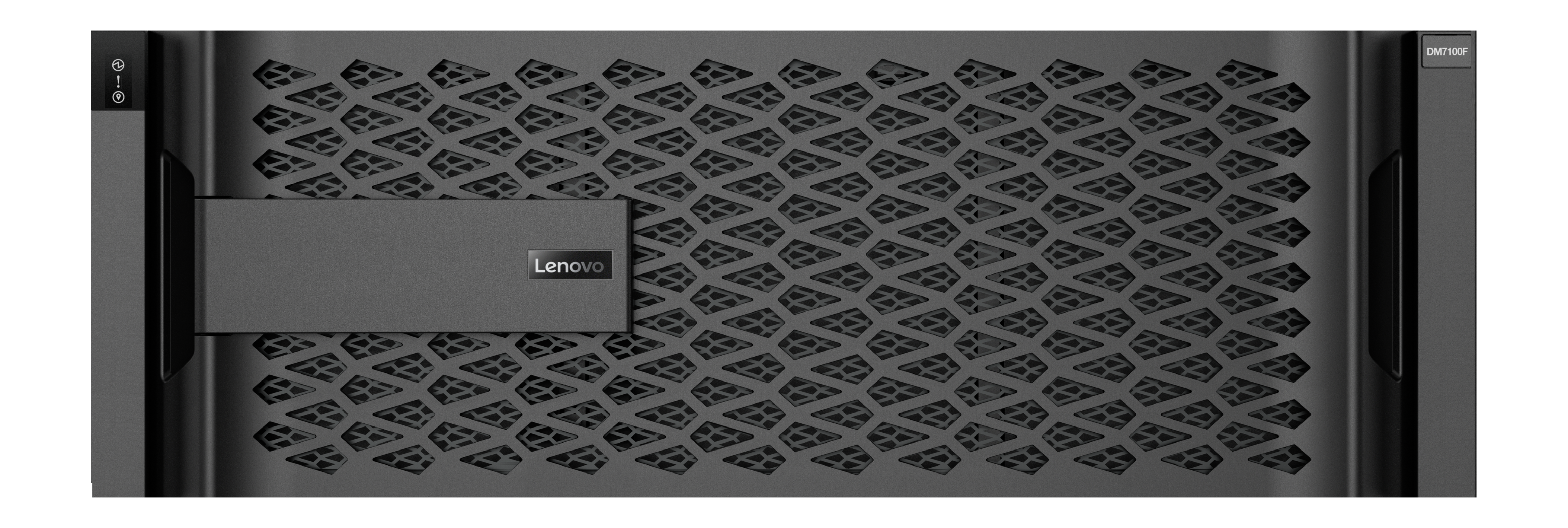

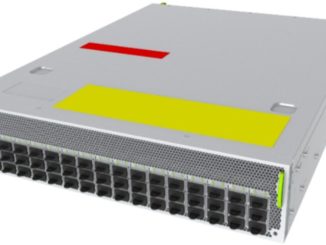
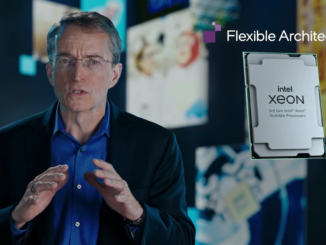
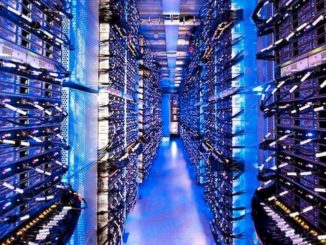
Be the first to comment